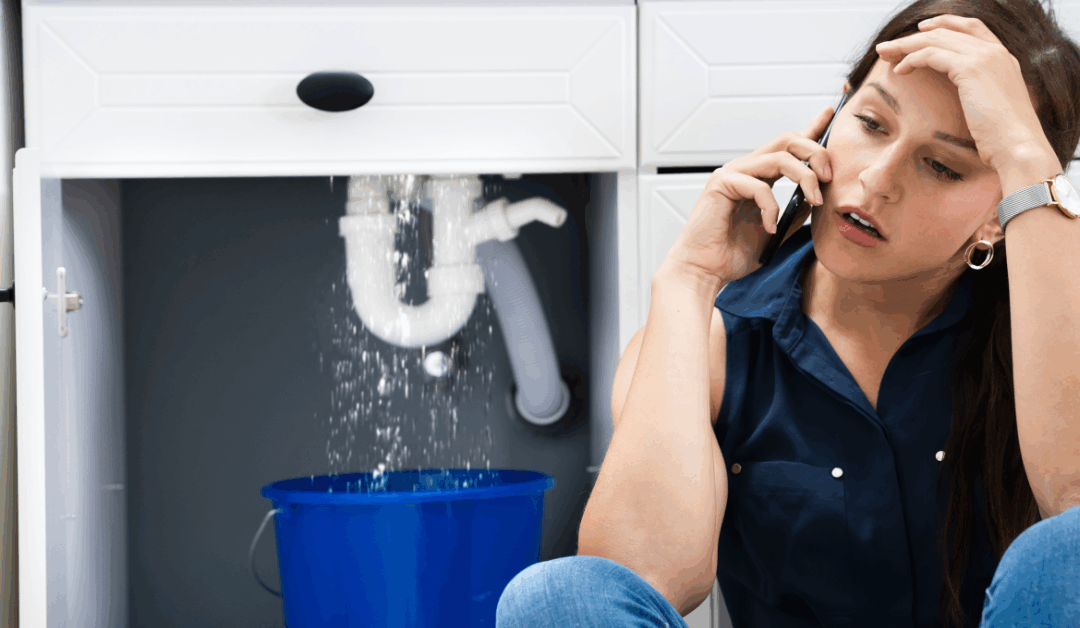When you open your utility bill and notice your sewer charges have skyrocketed, it’s natural to wonder, “Why is my sewer bill so high?” Sewer services are essential for modern living, but understanding the factors that contribute to rising costs doesn’t always come naturally. Whether you’re a homeowner, budget-conscious individual, or someone concerned about environmental impact, this post will help you break down why your sewer bill might be higher than expected and what you can do to reduce costs.
By the end of this article, you’ll understand the key factors driving sewer and wastewater costs and gain actionable steps to save money on your next billing cycle.
Schedule Service Online
Get a free estimate so you know what you're signing up for
"*" indicates required fields
For Emergency Services Call: 410-255-9300
What Contributes to a High Sewer Bill?
Your sewer bill is governed by multiple factors—some within your control and others not. Here are the primary contributors to higher sewer costs:
1. Water Usage
Your sewer bill is usually tied to water consumption. Whether you’re flushing your toilet, running the washing machine, or rinsing dishes in your kitchen sink, all that water eventually flows into the sewer system. Logically, the more water you use, the more wastewater you produce—and that increases your sewer charges.
For example:
- Long showers and older models of washing machines or dishwashers that use more water can significantly impact your bill.
- Water usage spikes during summer months when you’re watering gardens or filling pools, which may carry over into your sewer billing.
Solution: Adopt water-saving habits, like taking shorter showers, running full loads in your washing machine, and installing water-efficient appliances.
2. Leakage in Plumbing Systems
Leaky plumbing is one of the stealthiest contributors to higher sewer bills. A running toilet tank or dripping faucet doesn’t just waste water—it racks up charges on both your water and sewer bills. Even small leaks can add up over time, leading to inflated costs before repairs are made.
Tip: To check for leaks in your toilet, try adding a few drops of food coloring to your toilet tank. If the color appears in the bowl without a flush, you have a leak that needs fixing.
Here are some common signs to watch out for:
Unexplained Increase in Water Usage
If your water bill is unusually high without a clear reason, it may indicate a hidden leak. Check your usage against previous months to spot inconsistencies.
Wet Spots or Water Stains
Look for wet patches on your walls, ceilings, or floors. These stains often signify a leak within your pipes, even if they aren’t immediately visible.
Low Water Pressure
A sudden drop in water pressure can mean that water is escaping through a crack or hole in your plumbing system instead of reaching its intended destination.
Unusual Sounds in Your Pipes
Hissing, dripping, or gurgling sounds when fixtures aren’t in use may signal a hidden leak. These noises could be happening as water escapes through damaged pipes.
Mold or Mildew Growth
Excess moisture from leaks creates the perfect environment for mold and mildew. If you notice a persistent musty smell or visible fungal growth, investigate the area for leaks.
Running Water Meter
Turn off all water-using appliances and fixtures, then check your water meter. If it continues to run, it’s a clear indicator of a leak in your system.
By recognizing these warning signs, you can take proactive steps to locate and repair leaks before they cause substantial damage or higher utility costs.
3. Water Meter Issues
Sewer bills are often based on water meter readings. If your water meter is faulty or inaccurate, it could be reporting more water usage than you’re actually consuming, resulting in a higher sewer bill.
Actionable Step: If you suspect your water meter is inaccurate, reach out to your sewer service provider for an inspection. It could save you money in the long run.
Signs You’re Having Water Meter Issues
A malfunctioning water meter can lead to inaccurate readings, unexpected billing spikes, or wasted resources. Here are some common signs that your water meter may not be functioning properly:
Unusually High Water Bills
If your water usage habits haven’t changed but your bill has suddenly increased, your water meter may be giving incorrect readings.
Water Meter Not Moving
When all water-using appliances and fixtures are off, your meter should not be moving. If it’s completely stationary while water is being used, it could be stuck or malfunctioning.
Erratic Meter Readings
Fluctuations in your meter readings that don’t align with your actual water use could indicate a faulty meter. Keep an eye out for inconsistent or unrealistic data.
Visible Damage to the Meter
Cracks, corrosion, or external damage to the water meter might impact its ability to function accurately.
Unresponsive Meter Display
For digital water meters, an unresponsive or blank display could mean that the device has failed or requires maintenance.
If you notice any of these signs, contact your local water utility or a professional plumber to inspect and potentially repair or replace your water meter. Regular monitoring can help ensure your billing stays accurate and prevent further issues from arising.
4. Seasonal or Previous Billing Period Changes
Utility companies often calculate sewer bills based on water consumption over previous billing periods. For instance, if you used more water last quarter (possibly during the holidays or summer), your sewer charges may reflect that increased consumption.
Additionally, many services calculate winter averages since outdoor water usage is negligible during that time. If these averages are high, you’ll see them reflected all year.
What to Watch For: Always review your billing cycle and water usage compared to prior periods to spot anomalies.
5. Wastewater Treatment & Sewage System Upgrades
Maintaining and upgrading wastewater treatment facilities and sewer systems is costly. When your local utility invests in repairs, expansions, or environmental compliance updates, the costs are often passed down to customers.
For example:
- Treating wastewater to ensure clean water meets government standards requires advanced technology, which can increase service costs.
- Expanding sewer systems to accommodate growing populations leads to higher fees for homeowners.
Did You Know? Treated water must meet strict cleanliness guidelines before it’s returned to the environment. These treatment processes are expensive but essential to maintaining public health and ecosystems.
6. Septic Tank Maintenance Costs
For homeowners with septic systems instead of sewer services, maintenance and repair costs can still contribute to monthly expenses. Septic system owners must regularly have their tank lids inspected and their tanks pumped to avoid backflow or improper waste disposal.
Proactive Measure: Have your septic system inspected every three to five years to avoid costly repairs later.
How to Control Your Sewer Costs
Now that we’ve identified the driving factors behind higher sewer bills, let’s look at practical steps you can take to reduce your expenses.
1. Conserve Water
- Take shorter showers to use less water per day.
- Upgrade to water-efficient appliances, like ENERGY STAR-rated washing machines or low-flow toilets.
- Use tank water thoughtfully by running full loads in dishwashers or washing machines.
2. Fix Leaks Promptly
- Regularly check plumbing fixtures for leaks or drips.
- Repair leaky toilet tanks or faucets to prevent unnecessary waste.
3. Monitor Your Water Usage
- Read your water meter periodically and compare against your bill to ensure accuracy.
- Track water consumption within your household and educate family members about conservation.
4. Engage With Your Service Provider
- Contact your sewer or water service provider if you notice unusually high charges. They may offer insights or adjustments based on meter readings or seasonal averages.
- Some providers allow budget-conscious customers to pay in installments, which can ease financial strain.
5. Invest in Regular Maintenance
- Inspect your septic system regularly if applicable.
- Ensure plumbing and waste drainage systems around your property are in optimal condition.
6. Go Green
Adopting environmentally friendly practices can benefit your wallet and the planet:
- Install rainwater collection systems to reduce dependency on tap water.
- Use native plants in landscaping to lower outdoor water usage.

When to Call MD Sewer and Plumbing
Sometimes issues like sewer line blockages, damaged meter readings, or septic system failures require an expert’s touch. A licensed plumber can inspect your home for underlying problems that could be inflating your sewer costs.
Additionally, if you’re facing financial difficulties, speak with your financial institution about setting aside money in a savings account for unexpected utility expenses. Utility companies may also work with customers to offer adjusted payments.
Final Thoughts | Why Is My Sewer Bill So High?
A higher sewer bill can feel overwhelming, but understanding the root causes can help you reclaim control. From conserving water to fixing leaks and monitoring your water meter, there are plenty of small changes that can make a big difference.
If you’re ready to explore solutions tailored to your needs, contact your local sewer service, or consult with a plumbing expert. Transform your home’s efficiency—and your bills—starting today.






